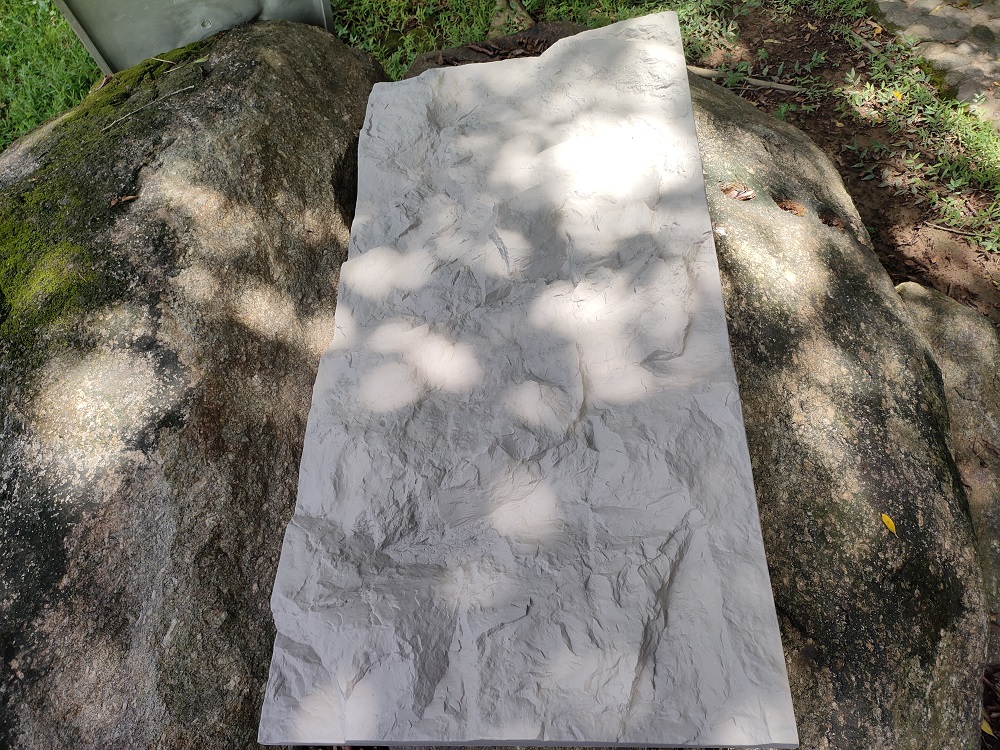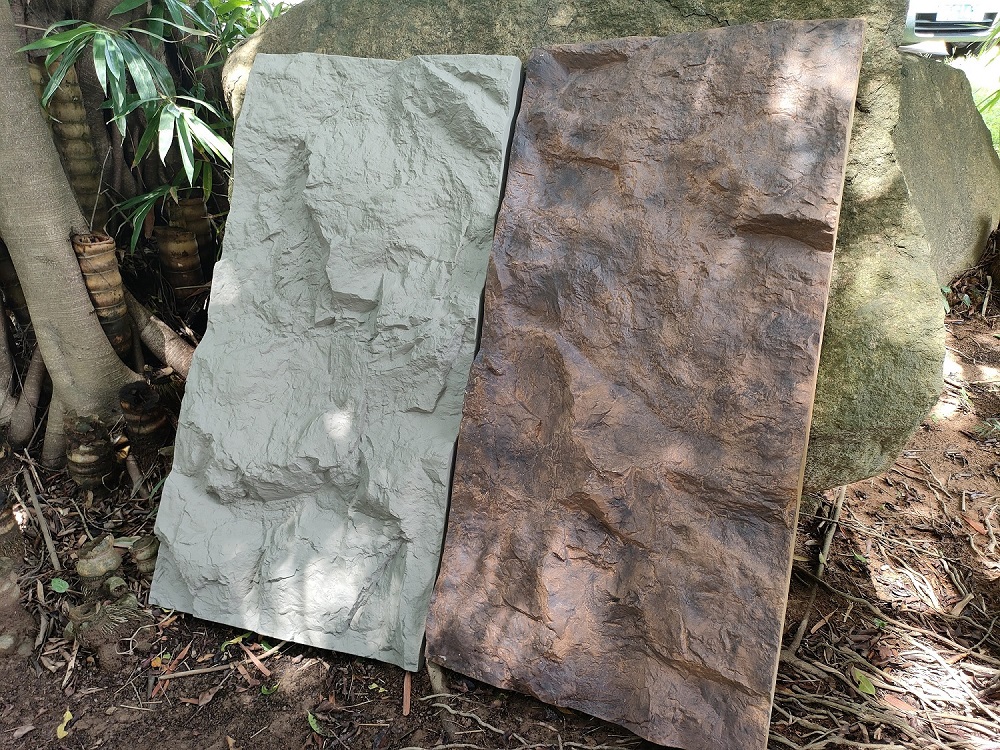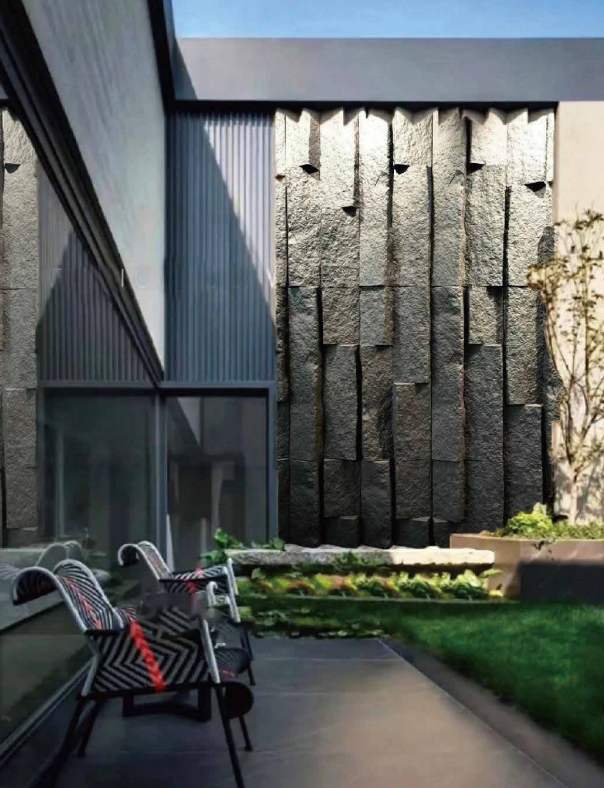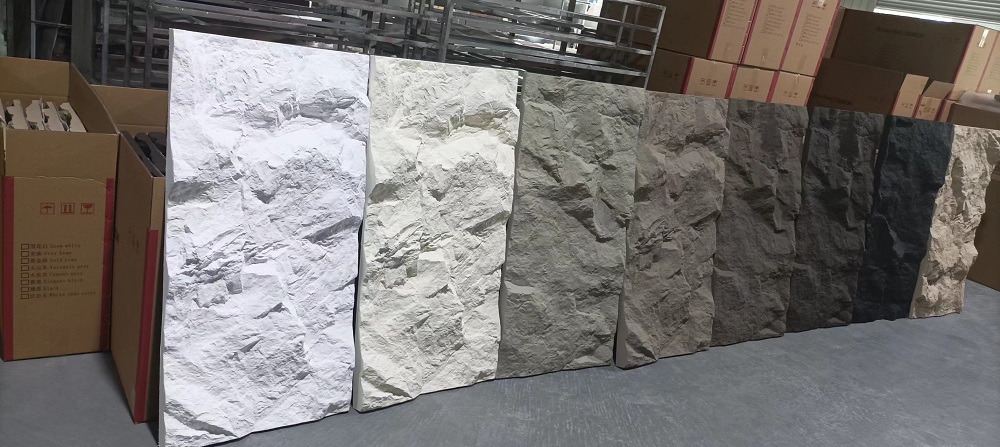20 years production experience
Focus on polyurethane faux stone panels pu moulding: 86-18007523568 : patricia@jypupanel.com
Product news
The Difference Between PU Stone Panels and Natural Stone
I. Introduction
When it comes to enhancing the aesthetic appeal and functionality of both indoor and outdoor spaces, wall cladding options like PU stone panels and natural stone have become increasingly popular. These materials offer unique benefits that cater to different preferences and requirements.
Understanding the differences between PU (polyurethane) stone panels and natural stone is essential for making informed decisions that align with your project needs, budget, and desired aesthetic. While natural stone is celebrated for its timeless beauty and durability, PU stone panels offer modern solutions with lightweight, cost-effective, and versatile designs.
In this article, we will explore the following key points:
·What PU stone panels are and their advantages
·The differences between real stone and fake stone
·The distinctions between natural stone and stone veneer
·The benefits of using polyurethane decorative wall panels
By the end of this article, you'll have a comprehensive understanding of how PU stone panels compare to natural stone, helping you choose the best option for your next project.
I. What is PU Stone Panel?
PU stone panels, short for polyurethane stone panels, are innovative wall cladding solutions that have gained popularity in both residential and commercial spaces. These panels are crafted from high-density polyurethane, a synthetic material known for its durability, versatility, and lightweight nature.
Definition of PU Stone Panels: PU stone panels are decorative elements designed to mimic the appearance and texture of natural stone while offering the added benefits of affordability, ease of installation, and low maintenance.
Description of the Material (High-Density Polyurethane): High-density polyurethane is a type of plastic polymer known for its strength, flexibility, and resistance to wear and tear. It is produced through a chemical reaction between polyols and diisocyanates, resulting in a rigid foam material with excellent insulating properties.
Explanation of How PU Stone Panels Replicate the Appearance and Texture of Natural Stone: PU stone panels are created using molds that capture the intricate details of various natural stone textures, such as granite, limestone, or slate. These molds are then filled with high-density polyurethane, which is allowed to cure and harden. The result is a panel that closely resembles the look and feel of authentic stone, complete with realistic textures, colors, and patterns.
By utilizing advanced molding techniques and high-quality materials, PU stone panels can achieve a level of authenticity that makes them indistinguishable from natural stone to the naked eye. This replication allows for the incorporation of stone aesthetics into interior and exterior spaces at a fraction of the cost and with greater ease of installation compared to traditional stone materials.

III. What are the Advantages of PU Stone?
PU stone panels offer a range of advantages that make them an attractive choice for wall cladding projects:
1. Lightweight: PU stone panels are significantly lighter than natural stone, making them easier to transport, handle, and install.
2. Cost-Effective: These panels are more affordable in terms of both material and installation costs compared to natural stone, making them accessible to a wider range of budgets.
3. Durability: PU stone panels are highly durable and resistant to moisture, rot, and insects, ensuring longevity and minimal maintenance requirements.
4. Easy Installation: The lightweight nature of PU stone panels enables quick and straightforward installation without the need for specialized skills or heavy equipment.
5. Low Maintenance: PU stone panels require minimal upkeep, typically only requiring occasional cleaning with soap and water to maintain their appearance.
6. Versatile Design: Available in a variety of colors, textures, and patterns, PU stone panels offer endless design possibilities to suit different aesthetic preferences and project requirements.
With these advantages, PU stone panels provide a cost-effective, durable, and aesthetically pleasing alternative to natural stone, making them a popular choice for both interior and exterior wall cladding applications.
V. What is the Difference Between Real Stone and Fake Stone?
Real Stone
Composition: Real stone is sourced from quarries and is composed of natural materials such as granite, marble, limestone, or slate.
Weight: Real stone is heavier and often requires robust support structures during installation to bear its weight.
Cost: Real stone is typically more expensive due to the cost of extraction, processing, and transportation.
Aesthetic: Real stone offers a unique, natural look with variations in color, texture, and veining that are inherent to each piece.
Fake Stone (PU Stone Panels)
Composition: PU stone panels are made from high-density polyurethane or other synthetic materials designed to mimic the appearance of natural stone.
Weight: PU stone panels are significantly lighter than real stone, simplifying handling and installation.
Cost: PU stone panels are more affordable than real stone due to lower material and installation costs.
Aesthetic: PU stone panels are engineered to replicate the look of natural stone with a uniform appearance and a wide range of design options.
While both real stone and PU stone panels offer aesthetic appeal and durability, they differ significantly in composition, weight, cost, and aesthetic characteristics. Understanding these differences can help you make an informed decision when selecting the right material for your project.
V. What is the Difference Between Natural Stone and Stone Veneer?

Natural Stone
Material: Natural stone is quarried from the earth and processed into slabs or tiles for various applications.
Durability: Natural stone is extremely durable and long-lasting, capable of withstanding the test of time.
Installation: Installing natural stone requires skilled labor and heavy machinery due to its weight and thickness.
Maintenance: Periodic maintenance, including sealing and cleaning, is needed to preserve the appearance of natural stone over time.
Stone Veneer
Material: Stone veneer consists of thin slices of natural stone or synthetic alternatives, designed to replicate the appearance of full-thickness natural stone.
Durability: While durable, stone veneer may not match the longevity of full-thickness natural stone.
Installation: Stone veneer is easier and quicker to install compared to full-thickness natural stone, making it a more accessible option for many projects.
Maintenance: Stone veneer typically requires less maintenance compared to natural stone, with general cleaning being sufficient to keep it looking its best.
Natural stone and stone veneer both offer aesthetic appeal and durability, but they differ in terms of material thickness, installation requirements, and maintenance needs. Understanding these differences can help you choose the right option for your specific project requirements and budget.


VI. Conclusion
In conclusion, understanding the differences between PU stone panels and natural stone is essential for selecting the right material for your wall cladding needs. Let's summarize the key points discussed in this article:
PU Stone Panels: PU stone panels are lightweight, cost-effective, and versatile alternatives to natural stone. Made from high-density polyurethane, they offer durability, ease of installation, and low maintenance, making them suitable for various applications.
Natural Stone: Natural stone, quarried from the earth, boasts unmatched durability and natural beauty. While more expensive and requiring skilled labor for installation, natural stone offers unique variations in color, texture, and veining that cannot be replicated.
It's important to acknowledge the advantages of PU stone panels, including their cost-effectiveness, lightweight nature, and versatility in design. However, we also recognize the unique qualities of natural stone, such as its durability and timeless beauty.
When choosing between PU stone panels and natural stone for your project, consider your project requirements, budget constraints, and aesthetic preferences. By making an informed decision, you can achieve stunning wall cladding results that enhance the beauty and functionality of your space.
RELATED NEWS
- PU Stone Panels for Commercial Spaces: Office, Retail, and More 2024-10-26
- Can PU Faux Stone Panel Be Installed on a Bare Wall? 2024-07-01
- Explore Our Range of PU Stone Panels: Superior PU Foam, Rock, and Wall Panels fo 2024-06-14
- Successful Case Studies: How Our PU Stone Panels Transformed Buildings 2024-05-30
- Discover the Perfect PU Stone Veneer Thickness for Your Project Needs 2024-05-18
CATEGORIES
LATEST NEWS
CONTACT US
Contact: Mr.Chen
Phone: 18007523568
E-mail: patricia@jypupanel.com
Whatsapp:86-18007523568
Add: Xiaodenglong, Daxiang, Xinwu, Yanggou Group, Licun Village, Luoyang Street, Boluo County, China(Mainland)
- online service
- 86-18007523568
- patricia@jypupanel.com
-
We chat

